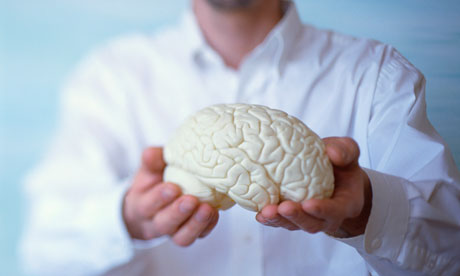
During the initial stages of the Watergate inquiry, the White House counsel to President Nixon, John Dean, was known as "the human tape recorder" because of his ability to recall precise details of events. Of course it soon transpired that there were actual tape recorders at the White House deployed to record those same events. In a famous paper, the late cognitive psychologist Ulric Neisser used the comparisons between Dean's testimony and the recordings to show that Dean frequently recalled the gist of conversations with Nixon, but that his memory was often systematically distorted. For example, Dean recounted that a particular meeting started with the president asking him to sit down (Nixon didn't do this, but it's often how meetings start), and he recalled the president saying he'd "done a good job" and had "appreciated how difficult a task it had been". (All Nixon did was describe Dean's work as "skilful".)
Many of the errors in Dean's memories are normal: we don't remember things that happen in a verbatim way; instead it is the general sense of events that we recall. Like Dean, we incorporate what we "know" to be true about the world into our memories, and these memories can often be self–serving. Neisser contributed to an evolving view in psychology, dating back to the 1930s, that memories are not simply encoded verbatim reports: unlike the memories in Total Recall, which can be erased, inserted or replaced, human memory is something that we do, and remembering is an active process. We reconstruct events rather than replaying a tape recording, and that process involves many factors, such as how we desire the things to be.
In his new book on memory, psychologist and novelist Charles Fernyhough provides an outstanding overview of how this dynamic understanding can be applied to many different facets of memory. He travels to Sydney to find locations he wrote about in his first novel, The Auctioneer, and shows how his subsequent imaginings of these places have irrevocably overwhelmed what he actually saw. He also uses landscapes to bring memories and people back to life, re-enacting walks he took with his late father, and movingly describing the ways that we keep the dead alive, for ourselves and for those around us, by telling our memories, our stories. He shows how we use memories to connect ourselves to the past but also to tell stories to make the past what we want it to be.
Fernyhough's skills as a writer are evident both in the beautiful prose and in the way he uses literature to illustrate his argument. As he points out, since memories are the stories we tell, we can learn much about memory from the words of writers. He draws on both science and art to marvellous effect in his exploration of why early memories are so often filled with sunlight. He also shows that a "Proustian" rush of memory has little to do with what Proust actually described. But a rush of memories is what I experience when, for example, I smell Vidal Sassoon hairspray, as I glimpse tantalising sensations and emotions of being a teenager with complicated hair. (It was the 80s.) Strikingly, if I read my diaries from those years I get nothing like the same sense of familiarity. As Fernyhough might put it, perhaps the stories I wanted to tell about my life when I actually was 17 are not the stories I now want to tell myself about those sunny, hairsprayed days.
Sophie Scott is professor of cognitive neuroscience at University College London

